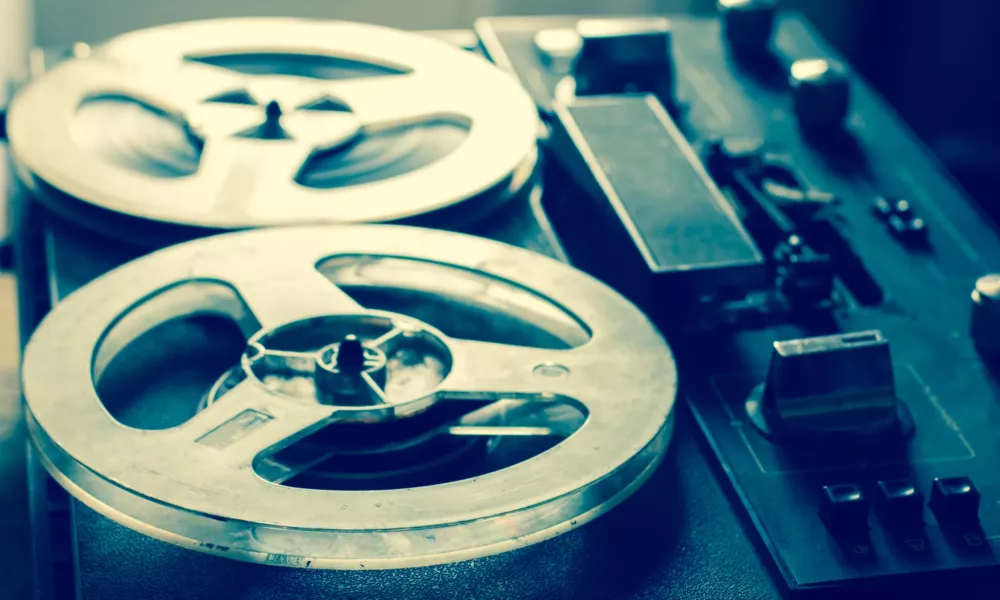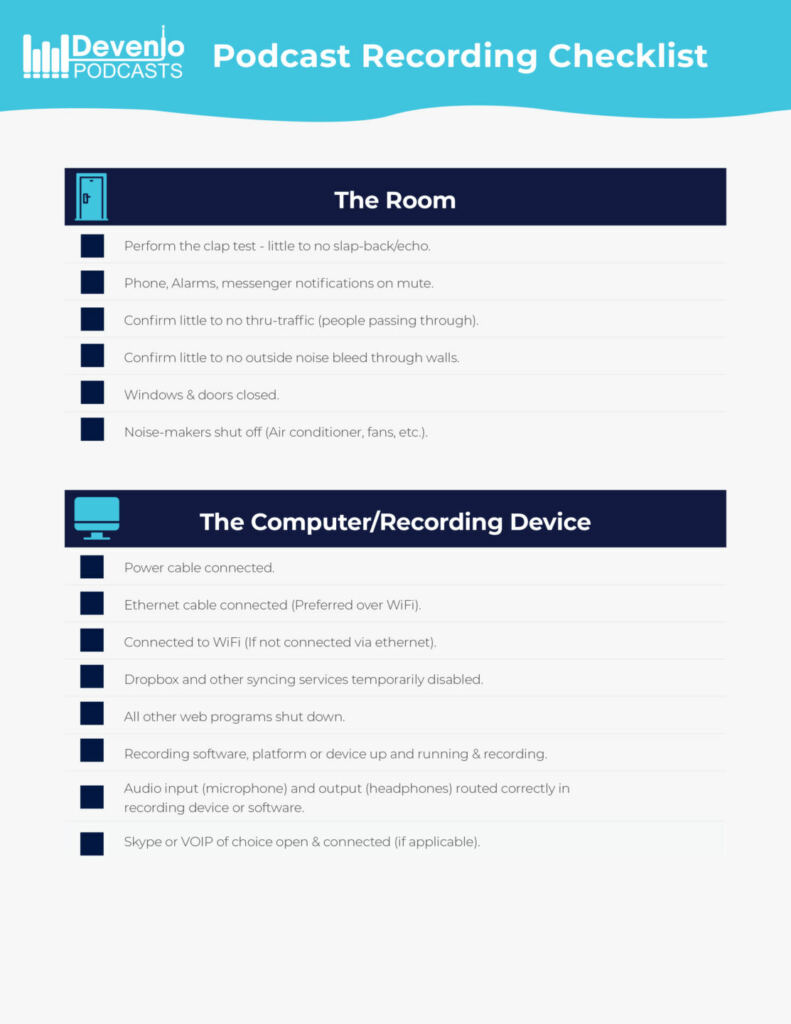So you’re starting a podcast and putting together your shopping list. You’ve got your microphone and headphones picked out, but you still need to figure out how you will capture your audio. You need to record your podcast somewhere; luckily, you can accomplish that in several ways. But just like with any other equipment, the podcast recording device you choose will be determined by the production requirements based on your show format. If you have two speakers in the same room, for instance, you’ll need a recording device that will support two microphones simultaneously.
Let’s explore four ways to record your podcast audio and discover which is right for you! But before we jump into your first option, we should get some terminology out of the way.
What do we mean when we say “input”?

This is an important term as you’ll need to understand how many inputs you’ll need on any given device based on your production needs. An input is literally the point at which you connect your microphone to your recording device. This can be in the form of an XLR or TRS cable, or it could even be a USB.
Different devices are able to support a different number of inputs at a time and, therefore, can support more live microphones at a time. If you are planning on recording a panel of people, for instance, you’ll need a device with a sufficient number of inputs. On the flip side, if you plan on only recording yourself for your show, you’ll only need a device with one microphone input.
Stereo vs. multi-track recording

There are two ways to record audio: stereo and multi-track recording. Stereo recording involves capturing all the audio and consolidating it down to two tracks. This poses some problems when it comes to podcast recordings. Being that everyone’s audio is consolidated down to one file, you can’t isolate individual microphones. If your guest coughs while you are speaking, there really isn’t a way to remove that in post-production.
Multi-track recording, on the other hand, involves capturing individual tracks of audio for each individual microphone. This allows for greater control over the final sound as you’re able to isolate each speaker to better process your audio during editing. Now if your guest coughs while you’re speaking, you can mute their audio and remove it altogether!
When scoping out which audio recording device is right for you, you should absolutely be looking at gear that supports multi-track recording.
4 Ways To Record Your Audio
Like mentioned earlier, the recording device that’s right for you will depend greatly on your production requirements. Here are four ways you can record your podcast, each with its own set of benefits and challenges.
The Audio Interface
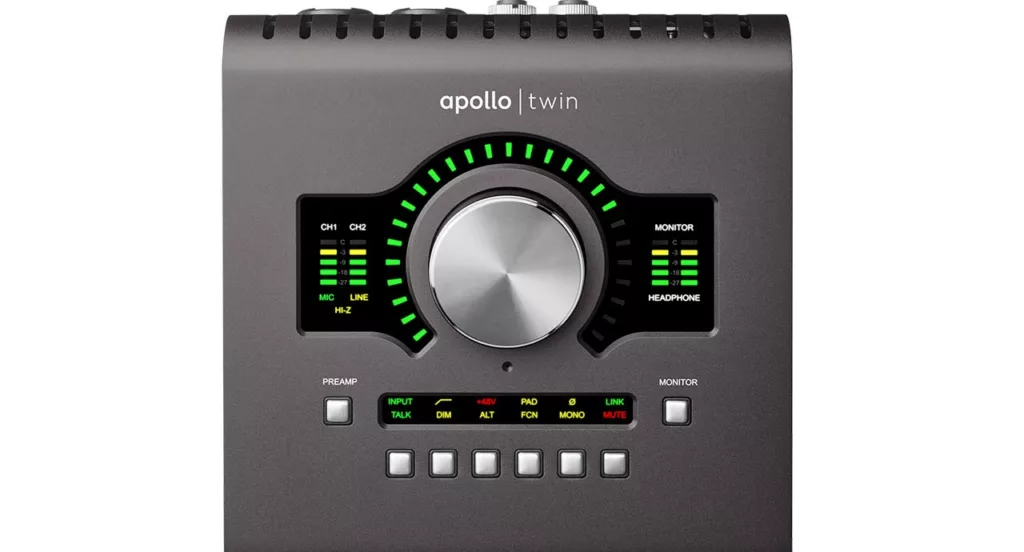
This is a piece of hardware that bridges your analog audio gear (your microphones) and transduces it to the digital realm on your computer. It will include a number of inputs for microphones, each with individual input controls or gain knobs (essentially volume). The audio is then funneled down into a USB cable and sent to your computer in multi-track format. You can then set up your digital audio workstation (DAW) on your computer to record the audio for you.
It’s important to note here that your audio interface is not actually recording the audio. Your computer is recording the audio in your DAW. Think of an audio interface as your hub for your podcast microphones. These interfaces come in a wide array of input options and can support upwards of 8-16 microphones at a time – more than enough to meet any podcaster’s needs!
The Digital Recorder

This is a standalone device that records audio digitally without the need for a computer, as the audio is recorded to a memory card or internal storage within the device. Think Tascam or Zoom recorders. With these devices, all you need to do is plug in your microphone, hit record, and you’re good to go! You can then transfer your audio to your computer afterward for editing and post-production.
They come in various sizes, typically ranging from handheld portable devices to rack-mounted units for your studio. Usually, the larger the recorder, the more inputs it can support. This would be a good choice for podcasting on the road or at live events, as its portability allows you to use it on the go. Just make sure you’re choosing a device that will support the number of inputs you need!
Your Computer
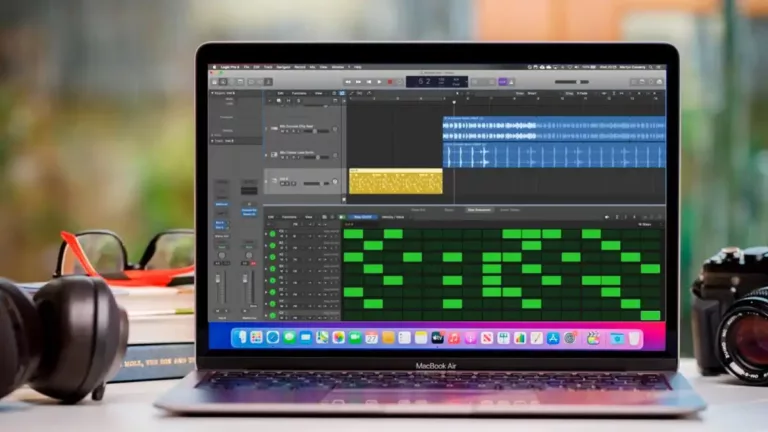
If you’re using a USB microphone, you can skip any additional devices and plug directly into your computer! This will allow you to open up your DAW of choice, plug in your mic and hit record. With that said, you are limited to the number of USB inputs you have on your computer, so if you’re looking to record more than one person at a time, you’ll need to ensure you have enough USB ports. Using a USB microphone with your computer is a super convenient way to record, but it’s best suited for solo podcasts or remote recording.
Remote Recording

And on that note, let’s talk about remote recording. While not technically a recording device, it’s just another way to capture your audio for your podcast.
Let’s be honest; getting everyone into a single room to record these days can be a tall task. Luckily, video conferencing has made this much easier for everyone. And while you can optimize Zoom to record audio for you, there are platforms like Riverside.fm or Zencastr that are specifically designed for high-quality remote recordings. These platforms will allow you to record multi-track audio and video while everyone is sitting comfortably at their desk in their home or office. It really makes recording guests a breeze!
Connecting Your Microphone to Your Recording Device
It’s important to consider this when choosing your gear. For instance, XLR microphones will require a recording device that accepts XLR inputs. On the other hand, USB microphones only need a USB input on your computer, so make sure you’re matching your recording device inputs to the type of microphone you have. Long story short, if you have an XLR microphone, you’ll need an audio interface or digital recorder that accepts XLR. There’s no way to plug directly into your computer. Let’s have a quick look at your input options.
XLR
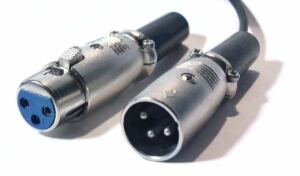
Otherwise know as “external line return,” this is a three-pin connector that is often used for microphones, as well as other audio equipment like mixers and speakers.
TRS

TRS stands for “tip, ring, sleeve” and is a 1/4-inch jack connector that is often used to connect instruments or headphones to audio interfaces or mixers, but you can also find some microphones that use this connection as well.
USB
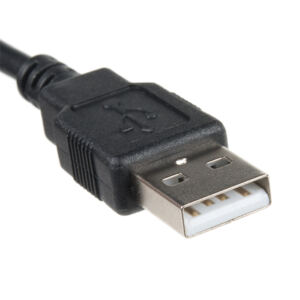
You know this one. Found on pretty much every computer ever, it is a connector that has become increasingly popular because it offers an easy plug-and-play solution for recording audio without requiring additional equipment like audio interfaces or digital recorders.
What to avoid
As for connections, it’s advisable to avoid Bluetooth or other wireless connections when possible. Low-latency, wired connections are the most reliable way to ensure a clean and accurate signal.
Conclusion
In today’s day and age, we are lucky to have a number of options when it comes to recording our podcasts. Whether you choose an audio interface or USB microphone used alongside a remote recording platform will depend entirely on your needs as a podcaster. Asking questions like “How many guests will I have at a time?” or “Will I be recording on the road?” are key considerations when planning your podcast setup. By addressing these needs, you should have no trouble setting yourself up for success during each of your podcast recording sessions.
So what are you waiting for? If you need some ideas on choosing your podcast microphone, check out our blog post “How To Choose A Microphone For Your Podcast” for some tips on picking the right one for you!

